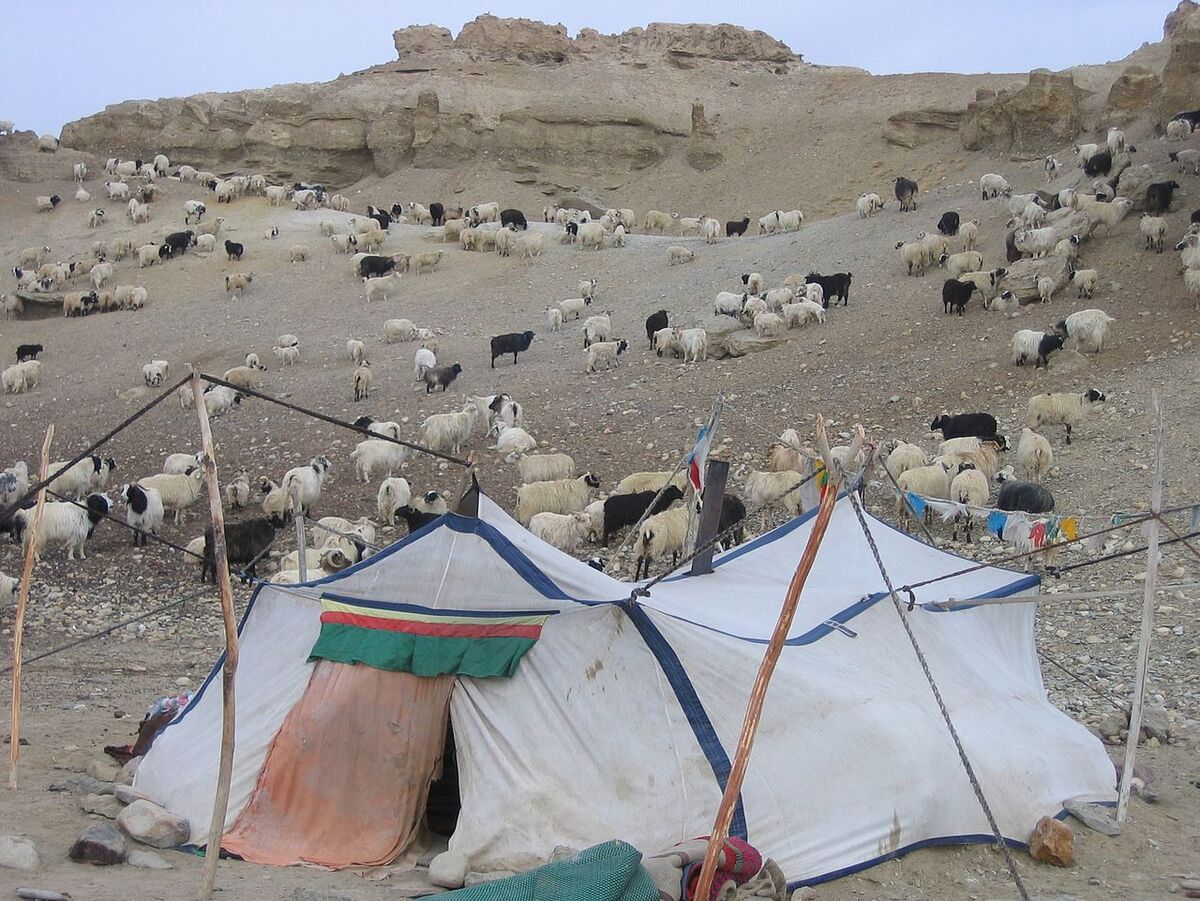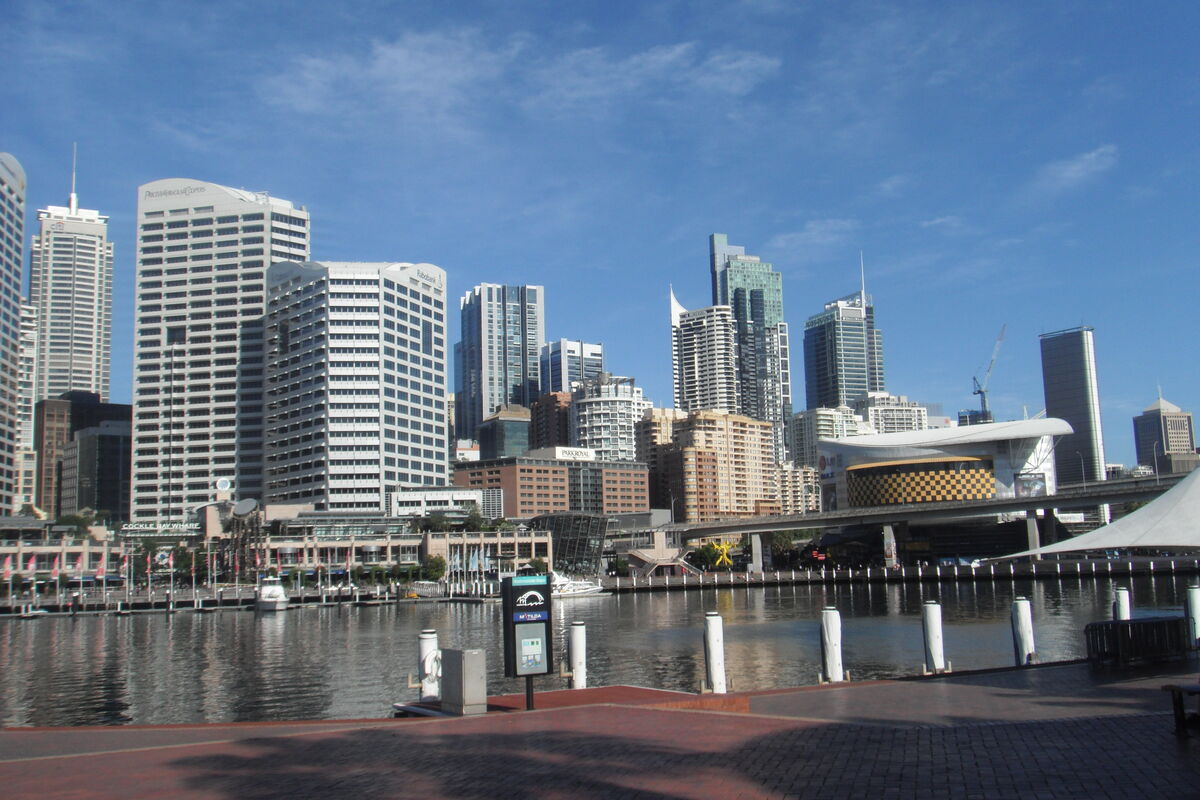The concepts covered in this fact sheet go beyond those taught in secondary school. It is intended as a supplement for those who are curious to learn more.
In the history of human beings, but also in prehistory, individuals came together to survive. Human beings chose to live in society.
A society is a collection of individuals living in an organised group.
Mankind has chosen different lifestyles, from nomadic to sedentary, but has always lived in an organised group called a society.
In nomadic groups, each individual has a role to play: the man hunts the animals, the woman gathers the various fruits, and so on. Social organisation is egalitarian. When there are major conflicts within the group, it breaks up and is rebuilt later. Sometimes the group is reconstituted with new members. Most of the time, egalitarian groups, such as hunter-gatherers, will find a solution to the problems of group breakdown by assigning a defined role to certain individuals. One individual would be the head of the community, making the major decisions. Another will be in charge of religious rituals. Another will be in charge of protecting the group. However, most individuals will remain simple hunters or gatherers. New social relationships were therefore created between them. Society became hierarchical, meaning that some individuals had a more important social position than others.
With the transition from a nomadic to a sedentary society, the social groups became larger and the society became more important. Groups became more hierarchical, but there was also a division of labour: some individuals only built small houses or shelters, others only hunted or raised animals, while others only produced tools or weapons.
Since the beginning of human history (10,000 BC), most groups have become so-called sedentary societies, in other words communities that own a territory and live without having to move constantly. However, we should not forget that nomadic societies still exist today: the nomadic communities of Central Asia, the nomads of North Africa and the nomads of northern Iran. All these groups are organised, and therefore form societies of their own.

Present-day Tibetan nomadic camp
